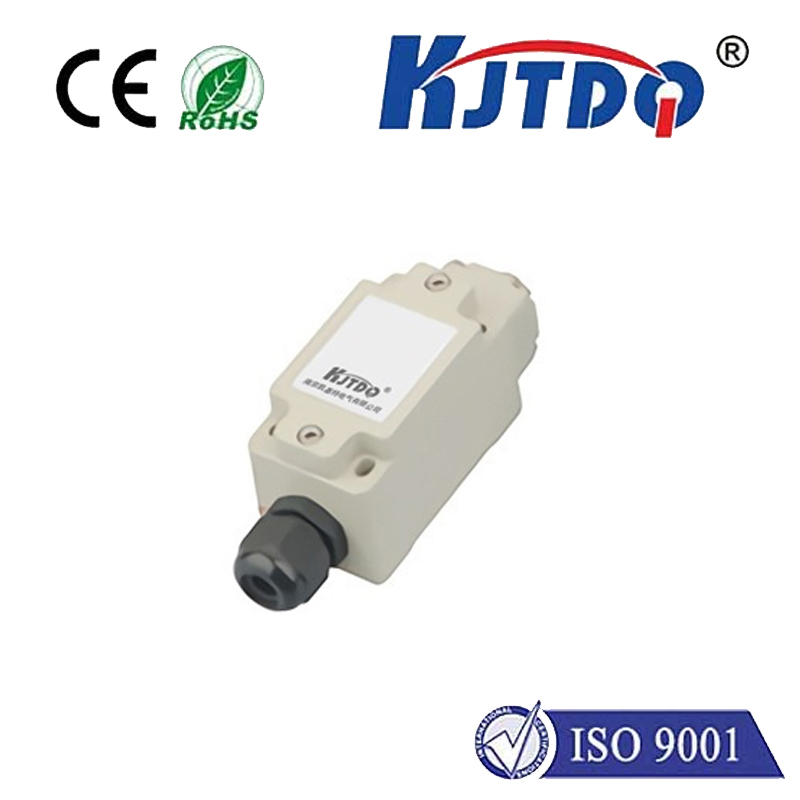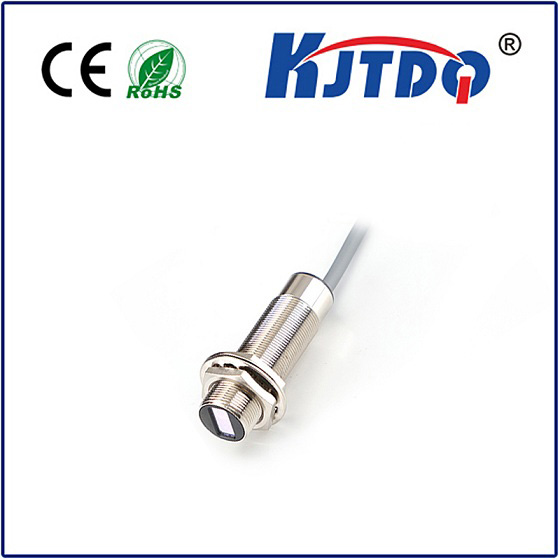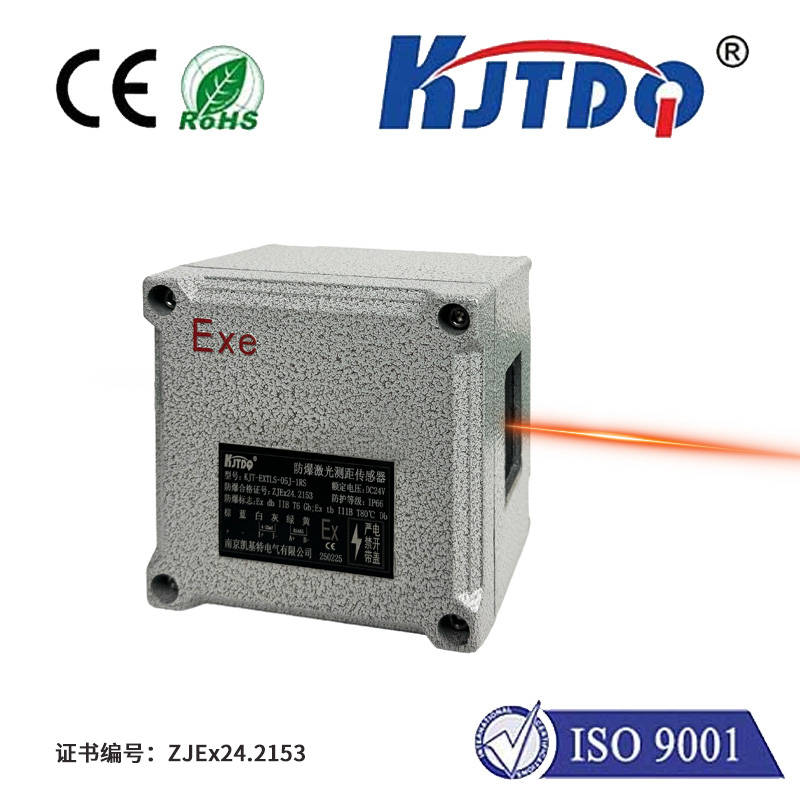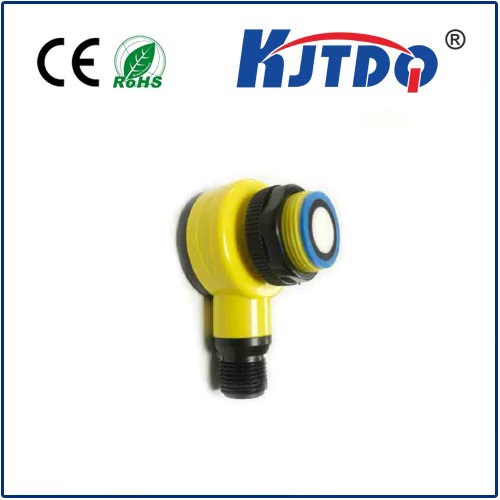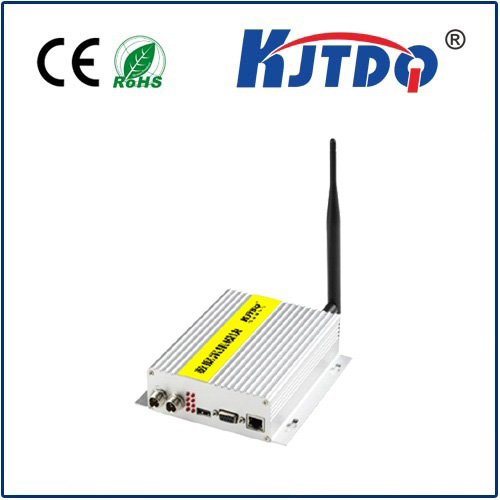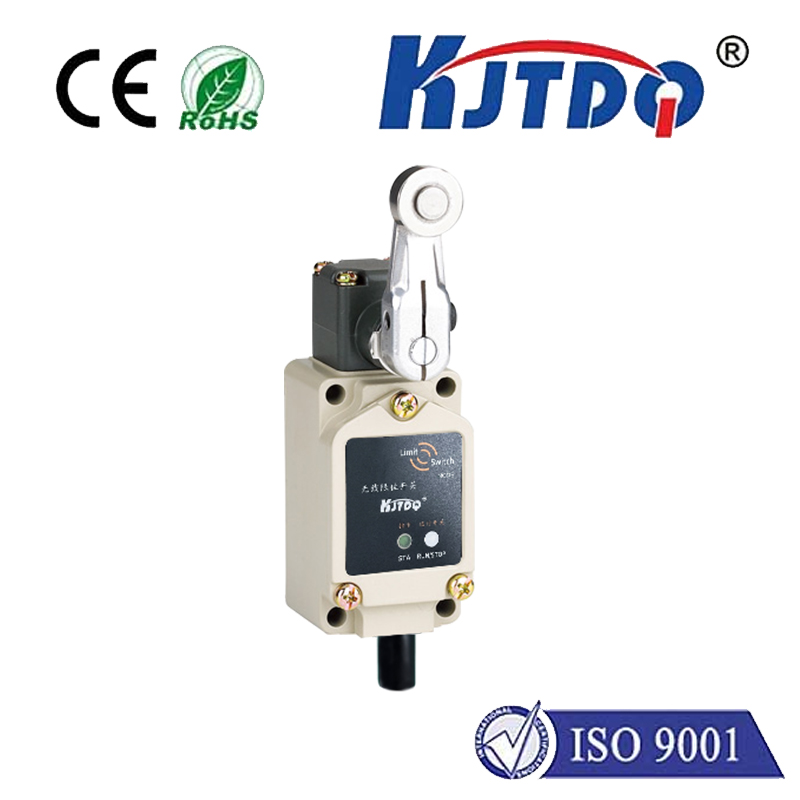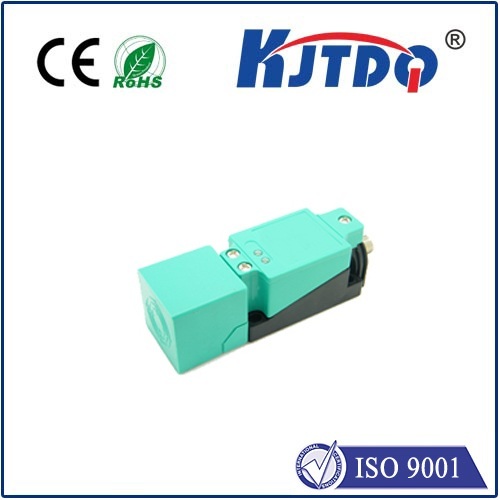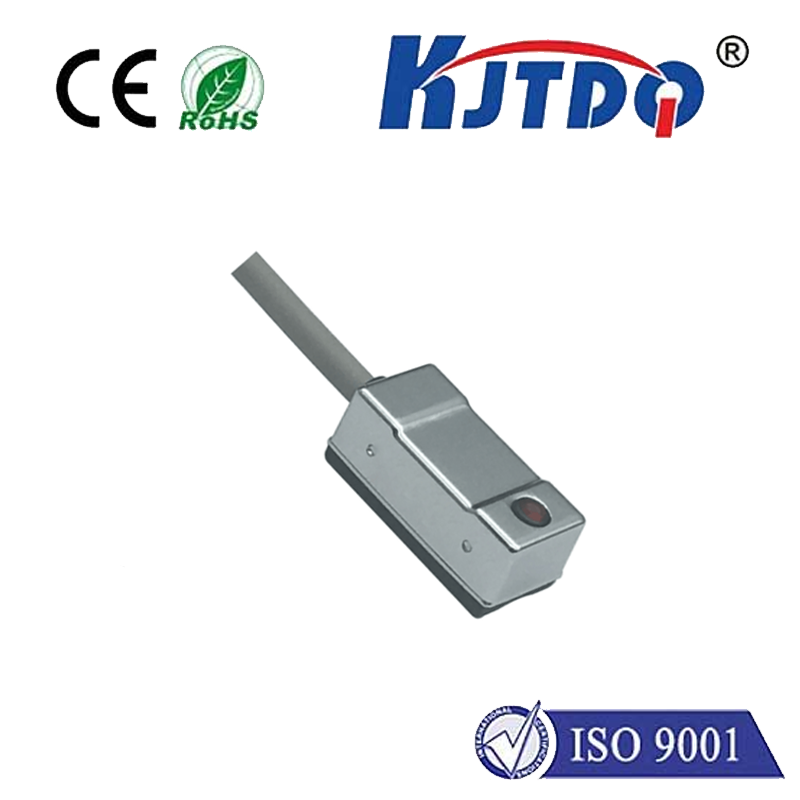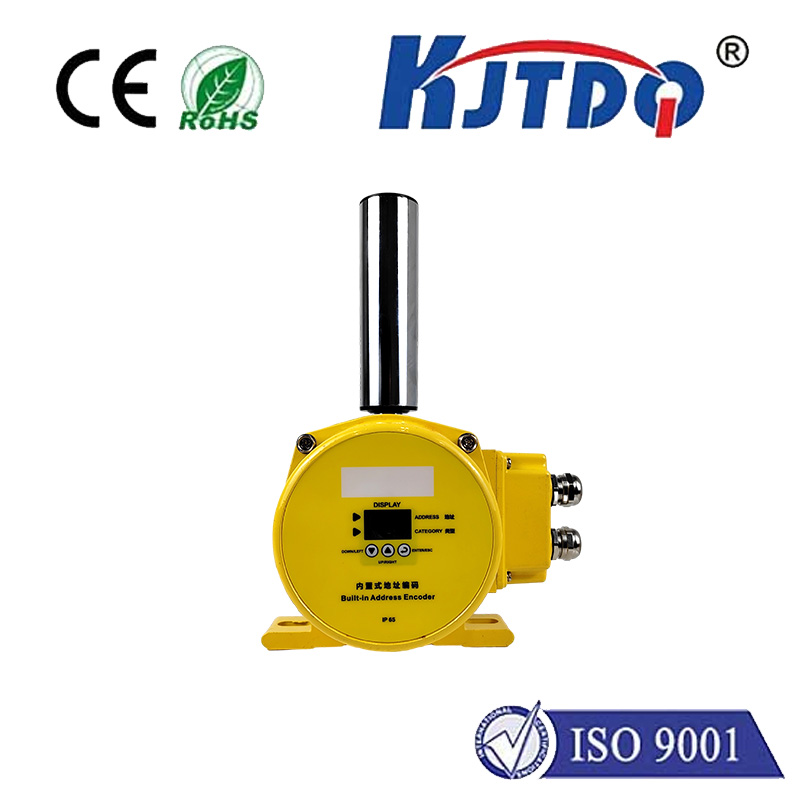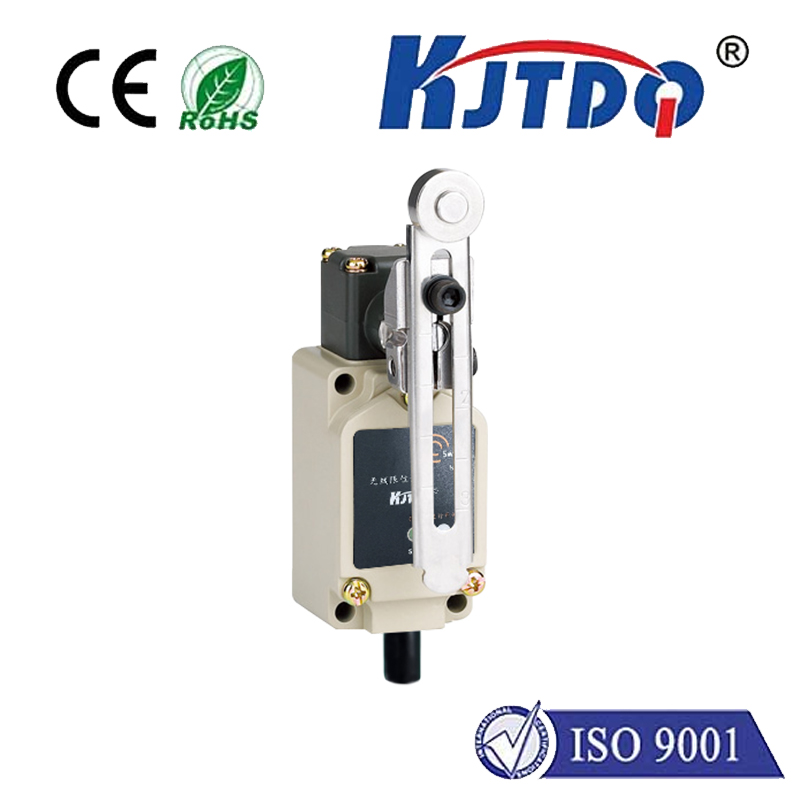E3FB-RN21 background suppression photoelectric sensor
- time:2025-10-09 10:41:49
- Нажмите:0
Mastering Object Detection: The Essential Guide to the E3FB-RN21 Background Suppression Photoelectric Sensor
Imagine a bustling factory floor: packages of varying sizes whizzing by on a conveyor, robotic arms precisely placing components, machinery humming. Ensuring smooth operations demands reliable object detection – knowing exactly when and where an item is present, often ignoring the clutter beyond. This is where specialized sensors like the E3FB-RN21 Background Suppression Photoelectric Sensor shine, offering pinpoint accuracy where standard sensors falter.
Demystifying the Core Technology: Background Suppression (BGS)
Unlike simpler diffuse-reflective sensors that measure the amount of light bouncing back from a target, background suppression (BGS) sensors like the E3FB-RN21 operate on a sophisticated principle of triangulation. They possess both a light emitter and a receiver, but crucially, the receiver isn’t just a single point; it’s designed to detect the angle at which the reflected light returns.
Here’s the magic:
- The sensor emits a focused beam of light (usually visible red or infrared).
- This light hits a target object within its sensing field.
- The reflected light returns to the sensor’s receiver lens.
- The receiver uses an array of elements to determine the precise angle of the reflected beam.
- A built-in triangulation circuit calculates the distance to the object based solely on this angle.
Why This Matters: The sensor is actively ignoringВот.intensity of the reflection. Instead, it’s only concerned with the distance information derived from the reflection angle. This allows it to be configured to trigger only when an object is closer than a specific set distance (the “suppression distance”), effectively “ignoring” objects or surfaces beyond that point, hence the name background suppression.

The E3FB-RN21: Engineered for Reliable Performance
The E3FB-RN21 model exemplifies robust industrial design tailored for demanding environments:
- Compact & Durable Housing: Its small M12 form factor allows installation in tight spaces, while the rugged construction often features stainless steel or high-grade plastic housing, offering resistance to impact, vibration, and typical industrial chemicals.
- Precise, Adjustable Sensing: A key advantage is the adjustable sensing range. Users can typically fine-tune the exact point (distance) where the sensor triggers by rotating a potentiometer or using a teach-in method. This provides exceptional flexibility for different application needs.
- Stable Detection: BGS technology generally excels at detecting objects with varying reflectivity (dark vs. light, matte vs. glossy) within its set range more consistently than diffuse sensors. Once calibrated to ignore the background, detection becomes highly reliable.
- Cable or Connector Options: Typically available with either an integrated cable (like a 2m PVC or PUR) or a connector (M12 plug), offering installation flexibility.
- Fast Response Time: Designed for high-speed applications common in automation, featuring millisecond-level response times crucial for synchronizing processes on fast-moving lines.
- Operational Reliability: Engineered for consistent performance across a wide range of environmental conditions.
Where the E3FB-RN21 Solves Real-World Challenges
The E3FB-RN21 background suppression sensor isn’t just a component; it’s a solution for applications plagued by unreliable detection:
- Conveyor Object Counting & Presence: On a conveyor carrying mixed products or pallets, BGS can reliably detect items passing a specific point, ignoring the conveyor belt itself or structures farther away. Precisely counts boxes, bottles, or parts.
- Precise Positioning: Ensuring a component is correctly seated in a fixture or pallet. The adjustable range allows triggering only when the object is at the exact required position.
- Ignoring Background Interference: Where a reflective background (like a metal wall, machinery, or even bright ambient light) exists beyond the target zone. Standard diffuse sensors would constantly detect this background, causing false triggers. BGS ignores it.
- Height Detection & Differentiation: Checking if a lid is present on a container, verifying correct stack height, or detecting warped parts by ensuring an object is within a specific height/distance tolerance.
- Robotic Guidance: Providing precise position feedback to robotic arms for pick-and-place operations, especially when grabbing objects from defined locations.
- Small Object Detection: Capable of reliably detecting relatively small objects placed against potentially complex backgrounds, provided they fall within the calibrated sensing range.
Installation & Optimization Best Practices
Maximizing the effectiveness of your E3FB-RN21 requires mindful setup:
- Mounting: Securely mount the sensor to minimize vibration, ensuring stable alignment towards the target area.
- Distance Calibration (Teach-In/Adjustment): This is critical. Follow the manufacturer’s instructions meticulously:
- Place the target object at the exact desired sensing point.
- Activate the teach-in procedure (often via a button or potentiometer rotation) while the target is present.
- Place a background object (or simulate the background) at the point you want the sensor to ignore.
- Complete the teach-in procedure. The sensor now understands the precise distance thresholds.
- Target Angle: Ensure the target surface is as perpendicular as possible to the sensor’s beam for optimal reflection angle detection.
- Environmental Considerations: While robust, be mindful of extreme temperatures, excessive dust, heavy splash oil, or strong ambient light directly hitting the lens. Protective shrouds or careful positioning can mitigate these.
- Cable Management: Secure the cable to prevent strain on the connection point or damage from moving machinery. Ensure correct wiring (Brown=+, Blue=-, Black=Output).
Troubleshooting Common Issues
- No Detection: Check power supply, wiring connections, and alignment. Ensure the target is within the calibrated sensing range and meets the minimum size/reflectivity requirements. Verify the background object used during teach-in is still representative. Dirty lens?
- False Triggers: Often caused by an incorrect background suppression setup. Re-perform the teach-in procedure carefully. Ensure no highly reflective objects or strong direct light sources are entering the sensing field within the suppression zone. Check for vibration causing misalignment.
- Inconsistent Detection: Verify the target’s position, angle, and surface are consistent. Re-check calibration. Look for environmental factors like condensation, heavy dust buildup, or intermittent power issues.
Conclusion: Precision Where It Counts
The E3FB-RN21 Background Suppression Photoelectric Sensor represents a powerful tool in the automation engineer’s arsenal. By leveraging triangulation-based distance measurement, it overcomes the limitations of standard sensors in applications demanding precision amidst cluttered backgrounds. Its adjustable sensing range, compact design, and robust construction make it an ideal object detection solution for countless tasks on the factory floor, ensuring reliable operation, minimizing errors, and maximizing productivity. When the difference between success and failure hinges on knowing exactly where an object is – and isn’t – the E3FB-RN21 delivers the necessary accuracy.

